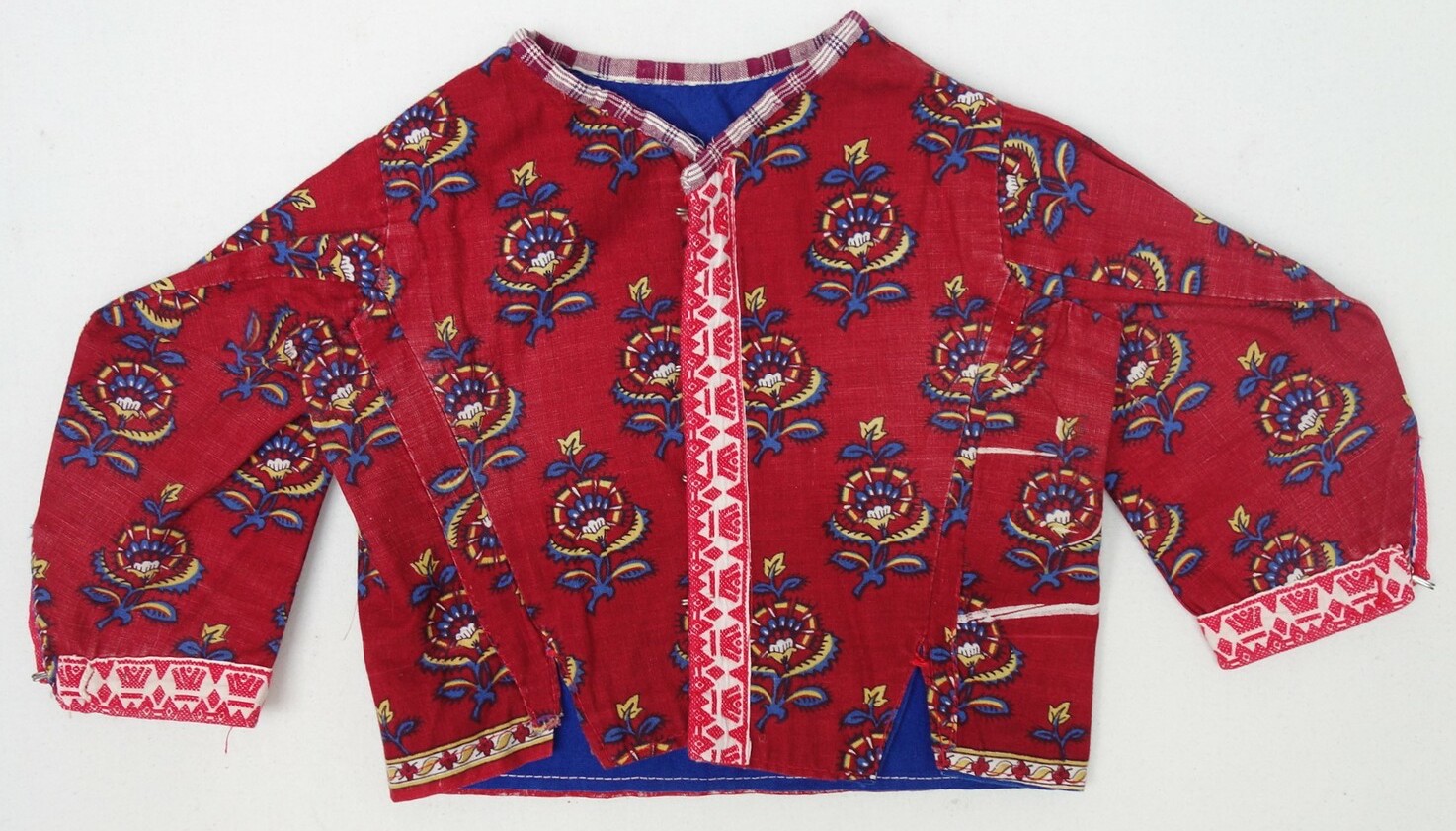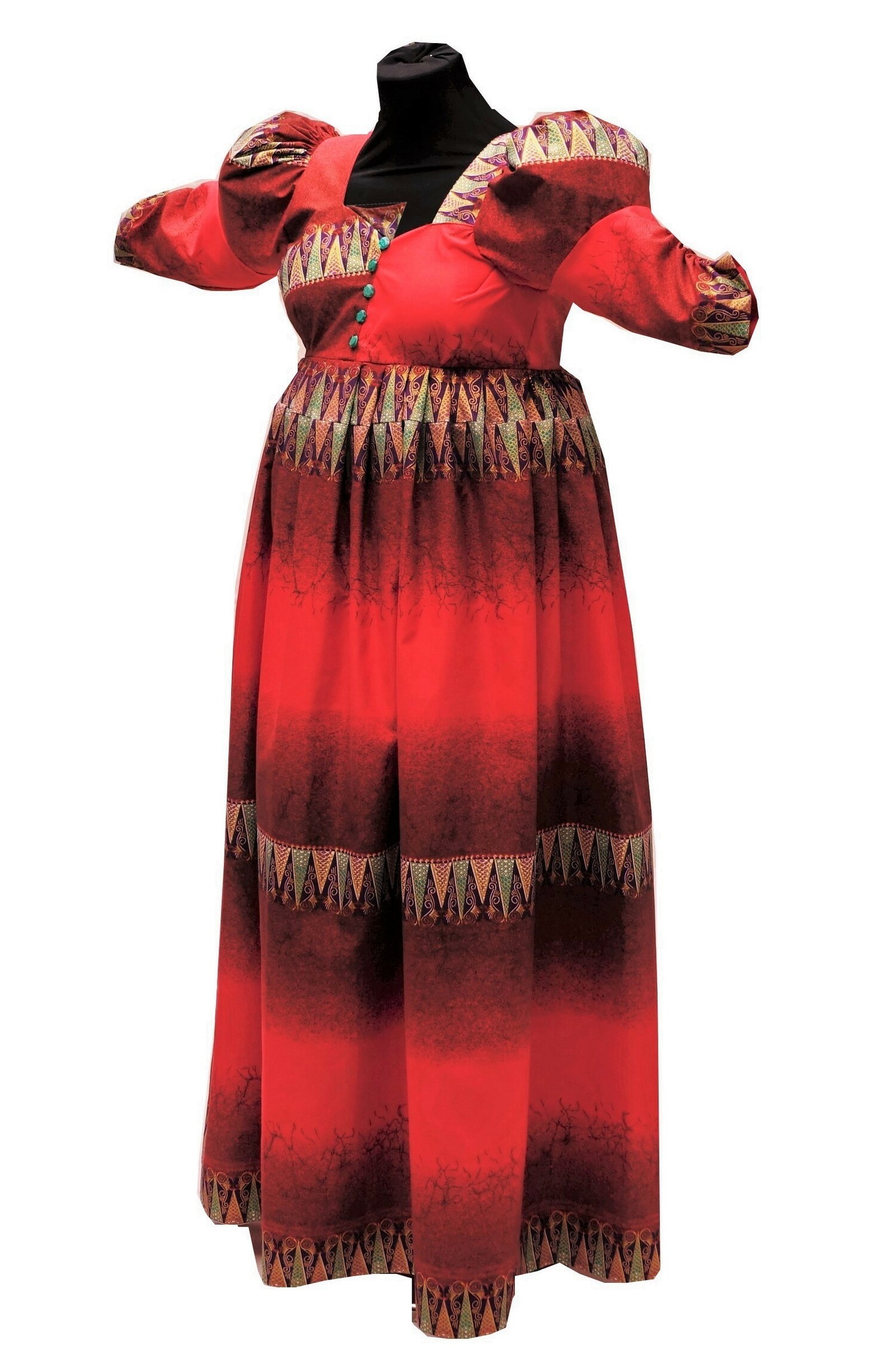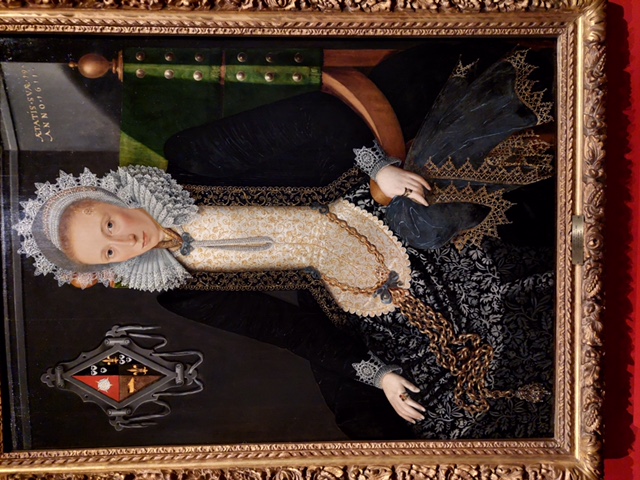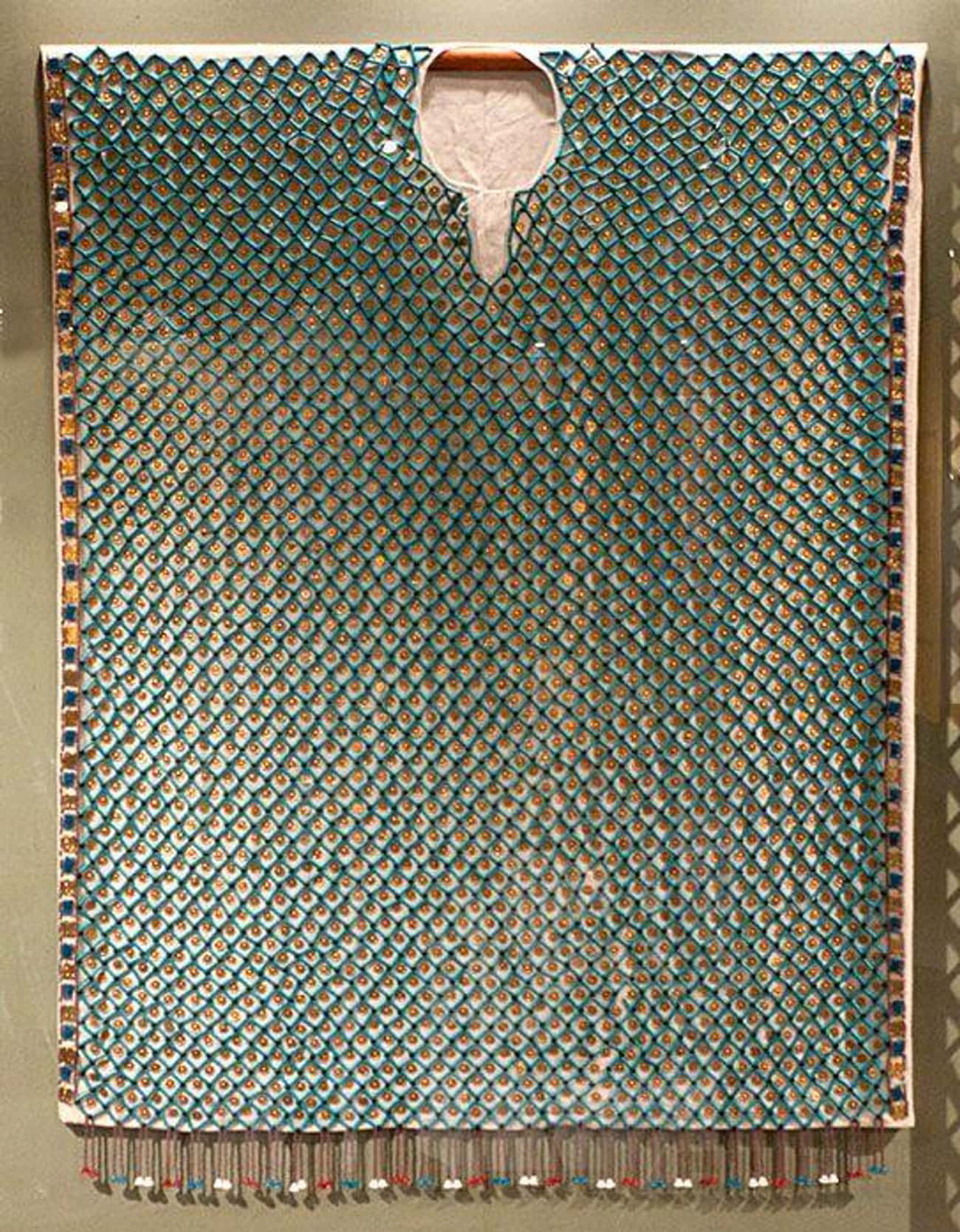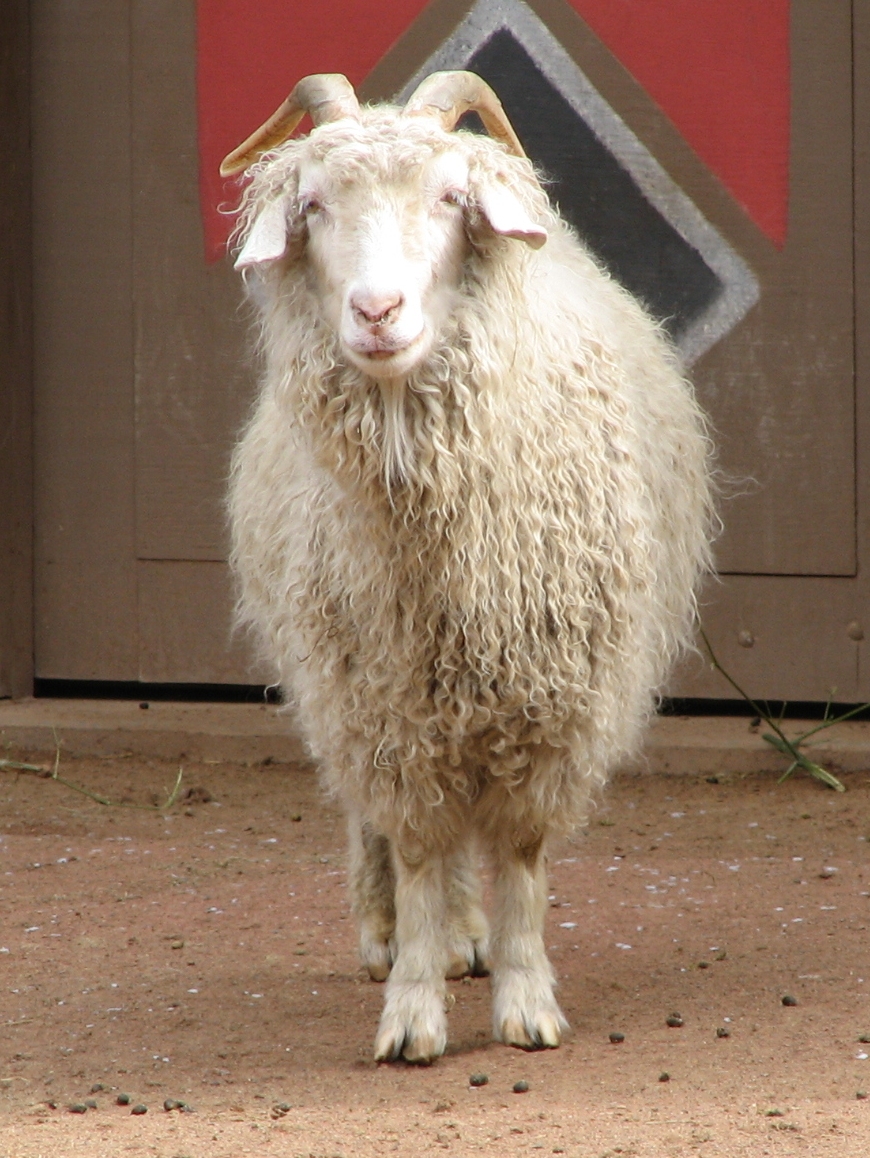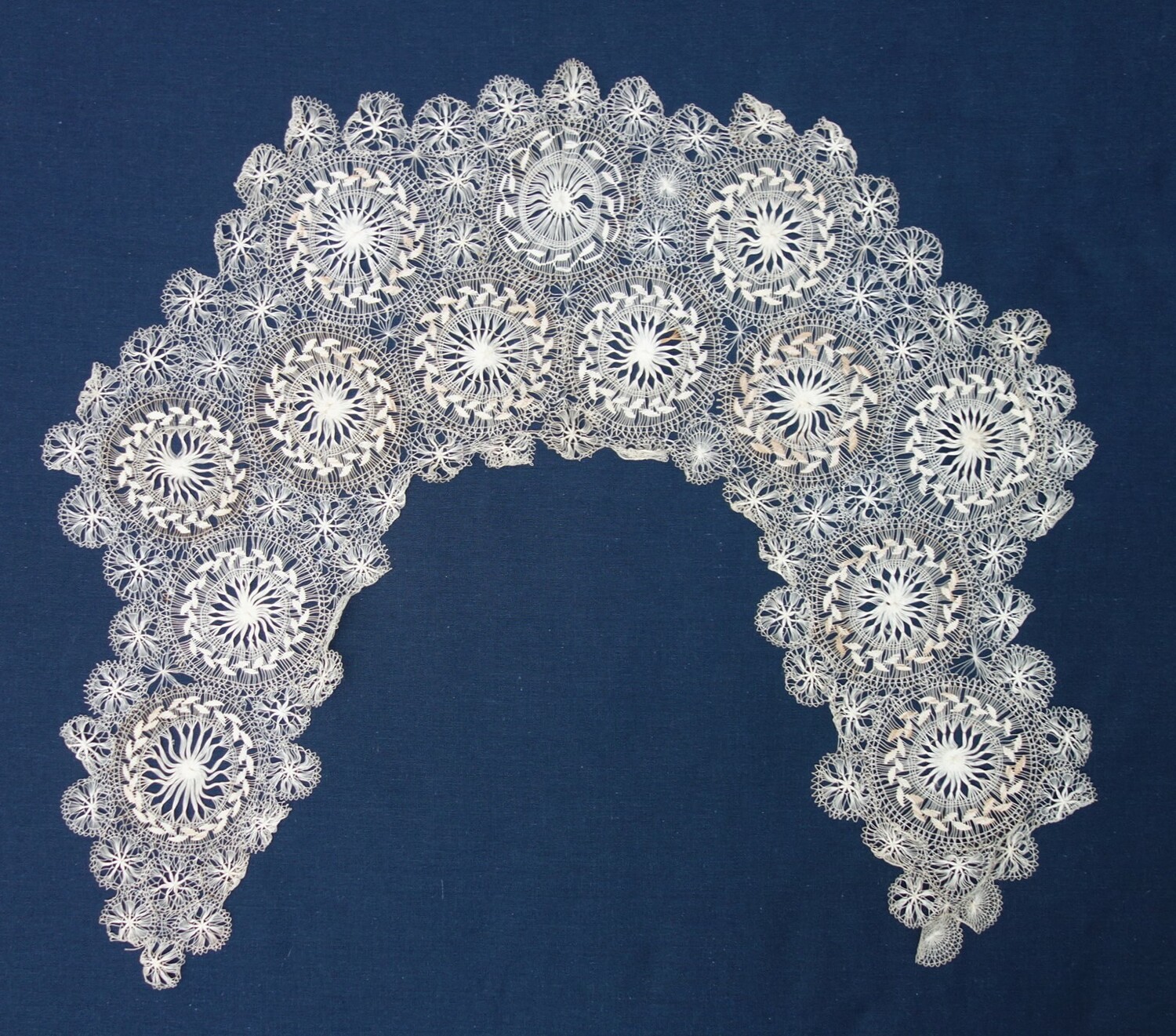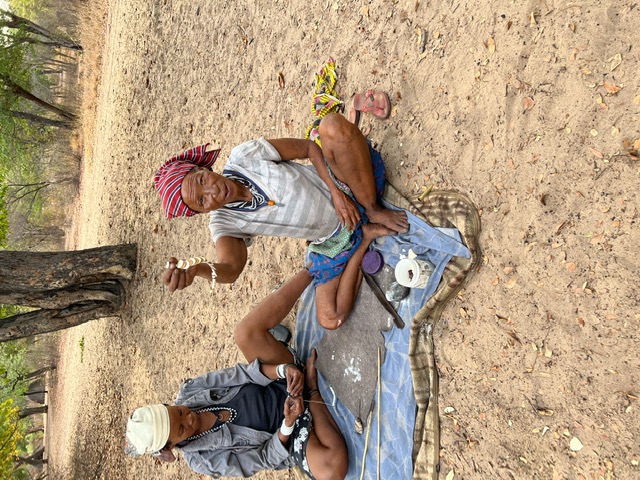Happy Birthday TRC – Citizen Culture at work!
The TRC is 31 today!
I know it is a cliché, but time really does fly. The TRC started off as a result of an informal discussion over tea and coffee with the then curator for Africa, Rogier Bedaux, at the Volkenkunde Museum, Leiden. At the time I was the editor (and founder) of the ATN (Archaeological Textiles Newsletter, which later became the Archaeological Textiles Review) and was interviewing Rogier about medieval textile finds from the Tellem in Mali, West Africa.
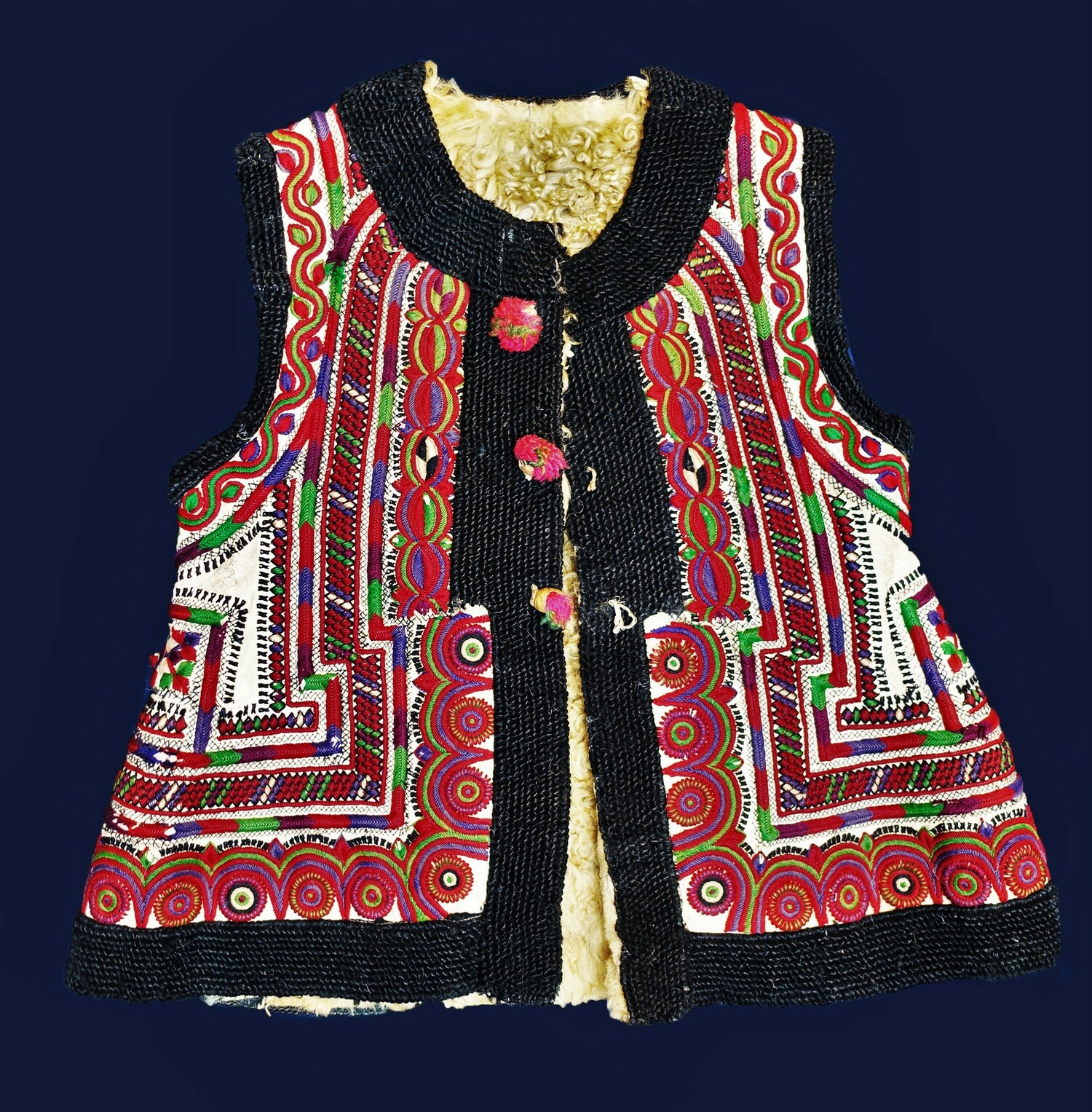
I mentioned the need for an office, as I had been approached by various students from the archaeology department of Leiden University about the teaching of textiles and he suggested that if I set up a stichting (non-profit organisation), he would organise a room at the museum. The rest, as they say, is history.
The Volkenkunde Museum and the Museum van Oudheden kindly agreed to pay for the legal costs of setting up the TRC, in return the TRC was to help them with questions about textiles and dress. The various pieces of legal paperwork were signed on the 19th December 1991 and the Stichting Textile Research Centre was born.







